Training Belts: The Beginner’s Guide
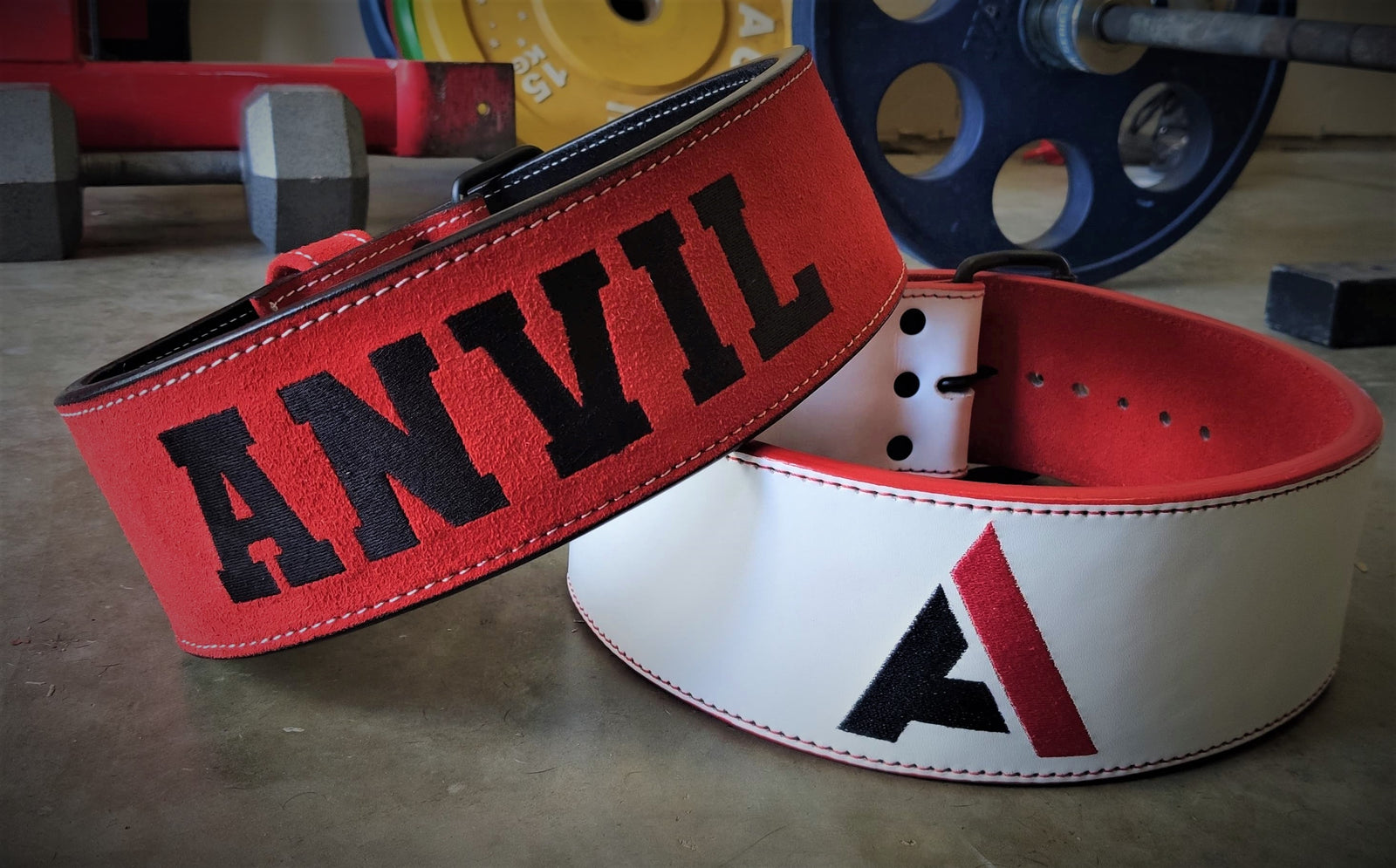
An Anvil Training Article by Marshall Officer
I have been going to the gym for the majority of my entire adult life. In fact, almost every day of the week for the better part of a decade, I have walked into a building full of cardio equipment, cable and plate machines, platforms, racks, and free weights. I couldn’t count on both hands the different gyms I’ve been to, but the basics rarely change. Just like the equipment, the people are almost the same everywhere you go. Cardio bunnies, kitted out in some ultra-breathable hi-vis big name brand outfit, bodybuilders in singlets made from less material than most women’s lingerie, casual gym-goers wearing clothes from the bottom of their drawers that look like they belong in an op-shop, and, of course, people who take the gym way too seriously - wearing some combination of neoprene sleeves, shoes with wooden heels, 3 metre long wraps on their wrists, and a big leather belt that probably would be less out-of-place on a medieval blacksmith than it is on a chubby guy doing curls in the squat rack.
Judging and being judged seems to be part and parcel of going to a gym - something I certainly don’t support but would be lying if I said I haven’t judged people for something I either didn’t understand or didn’t think was “the right way” to do things. However, all judgment and jokes aside - I proudly belong to the group of people who probably take the gym too seriously, and my gym bag probably has more equipment in it than even I think is necessary. I certainly don’t curl in the squat rack (and let’s be real, unless you are training for a Strict Curl Powerlifting Event, you definitely don’t need to be training your biceps on a platform or in a rack), but I rarely go an entire training session without wrapping my wrists, putting on some knee sleeves, or at the very least, strapping myself into a big leather belt.
At Anvil, we sell Custom Training Belts. One of the team, and my training partner, recently said to me over coffee, “Why don’t you write an article for the people who don’t know what belt they need, or why they might even want one?”
So here I am, writing down everything I know about Training Belts. If you do spend some time in the gym, or you’re a crossfitter, olympic lifter, powerlifter, bodybuilder, or just a casual gym-goer with a deep thirst for some understanding of why those fat guys strap themselves in before sucking in as much air as they can and benching some stupid amount of weight for 1 rep with an 8cm range of movement - this one’s for you.
What is a Training Belt?
I remember walking into a gym in my early days of training, and seeing some big dude swaggering around the gym in a singlet with a big leather belt cinched so tight he could barely keep hold of the watermelons under his arms, and my very first thought was, “What is that around his waist?”
I soon learned it was a Training Belt: a belt, usually made of leather (or sometimes a combination of non-stretch fabrics), of specific shape or dimensions, worn while training or when competing, in order to assist with generating power and creating a stable core to move heavy weight more safely.
What types of belts are there?
Now, the next logical questions that follow after seeing a whole lot of different types of these “miracle cures for bad backs” are: “Why are there so many types, and what’s the difference?”
Well, there are a couple of main types of belt, with a few variations, which I will go through now.
The first, and probably most common, is what Anvil calls the Weight Training Belt. It could go by a few other names, but the principle is the same. It is a belt that is skinny at the front, where the buckle joins together, but fattens around the back, with a kind of ‘pad’ over your lower back. It is usually 6.5mm thick, as it rarely needs to be any thicker for the way it is used. This belt is typically worn by people who want some measure of support, but without the restricted mobility of a full-width powerlifting style. The downside to these belts is that with extra mobility comes less support. This kind of belt will provide some benefit when doing big lifts that require a stable, braced core, but not nearly the kind of support a full-width belt provides.
The second type of belt is a Powerlifting Belt, which can be easily recognised because it is just one width the entire way around. It basically just looks like a ridiculous, oversized belt, and is generally made out of leather, due to its strength and durability. The Powerlifting Belt is usually either 10mm or 13mm thick, depending on the application. The 10mm belts are usually used for training and aren’t as stiff. In comparison, 13mm belts are primarily used for competing and are noticeably heavier and stiffer than any other training belts. The Powerlifting Belt provides maximum support for your core, however - the full width around the front can make it more difficult to move, especially when getting into position for a deadlift or squat.
The third, and rarest, type of belt, is a Bench Belt. This belt looks like a normal-sized belt but is worn up around the belly button. It is typically only used for the bench press, where a lifter would need maximum mobility to achieve the tightest arch possible, but still wants a belt to brace against to help create a stable core. They are a very specific type of training belt, and as such, are usually only found in the powerlifting community among people who have extra flexible spines.
There are other variations to the belt that can add confusion. Important belt variations to be aware of are the way the belt joins together, and the materials used in the belts construction. Firstly, the material is purely personal preference. Leather is the most common, followed by suede. They both look good in their own way, and they both behave similarly when worn. Any other material isn’t as common but should perform similarly if the belt is used properly.
Secondly, the joining mechanism is usually either a Buckle or a Lever. The Buckle is usually either a Single Prong, or a Double Prong. Once again, this is generally up to personal preference. I have used a Single Prong buckle for almost 10 years, and it has never failed me. Double Prong is reportedly slightly more secure but is also a bit harder to take on and off. It depends on what you like. There is an additional Single Prong option known as Pioneer Cut, that has twice as many hole options and the prong on the buckle can slide up and down for the perfect fit. (This cut was invented by the custom belt company, Pioneer, and if you find a belt that has that cut that wasn’t hand-made by them, it is a knock off. We love the Pioneer belts, and they inspired us to bring high-quality custom belts to the Australian market).
The Lever is the other common joining option, which is, as its name implies, a lever that is screwed onto one side of the belt and hooks into holes on the other side, pulling it tighter than you could probably get by hand on a Buckle. The upside to this is the belt will be the same tightness every time, and they generally look awesome. The downside is that they are harder to adjust, requiring you unscrew the lever if you need to change the size. As such, Lever Belts are awesome for your big lifts, where you need a belt that feels exactly the same every time - but probably not as applicable for general training where you may need to adjust multiple times for different lifts/movements.
(For Images of these belt types, check out our Belt Builder to see all the possible differences available!)
|
Belt Type |
Thickness |
Shape |
Purpose |
Stability |
Mobility |
Pros |
Cons |
|
Weight Training |
6.5mm |
Full width at back, skinny front |
Various Training Types |
++ |
+++ |
Flexibility |
Less support |
|
Powerlifting |
10mm |
Full width front & back |
Various Training Types |
+++ |
++ |
Maximum core support |
Sacrificed mobility |
|
13mm |
Primarily Big Lift/Comp. Lifts |
||||||
|
Bench |
6.5mm |
Regular sized belt |
Bench press |
+++ |
+++++ |
Combination mobility/stability function |
Rare, specific use belt |
What does a Training Belt do?
Remembering back to my very first time, I was obviously thinking “What the f*ck would I need to wear a belt for in the gym?”
My much more experienced, and far wiser, gym partner at the time explained to me that the belt provided much-needed back support for heavy lifts, like deadlifts and squats, and from there - my opinion of belts was formed and my thoughts were tainted. Like most people new to the gym, or with limited experience with powerlifting (or any sport where moving extremely heavy weights is done regularly), I was set in the mindset that a belt gave you back support, by pulling it as tight as humanly possible - and praying to whatever god (or gods) you subscribe to - that your spine would survive your next deadlift. Filled with these thoughts, I looked disapprovingly upon people wearing a belt for any lift that wasn’t an extremely heavy squat or deadlift, because, “iF yOu WeAr A bElT yOuR cOrE iSn’T dOiNg AnY wOrK!”
So, let me set the record straight right now. A Training Belt is a tool for lifters to use in order to help create an extremely rigid core, allow for much more effective power transfer, and assist to keep the spine aligned under load. A training belt is not a miracle cure for your bad back. It is not designed to be pulled on as tight as possible and then ignored. And, it is certainly not solely to be used for heavy squats and deadlifts.
How do I use a Training Belt properly?
Following on from what it does, it is important to explain how to use a training belt properly. First of all, this should be practiced with sub-maximal load. It is necessary to learn how to use your belt before attempting a maximal lift whilst using it. In fact, it is probably more dangerous to just wear the belt for maximal work, because the average gym-goer probably thinks the belt automatically makes lifting safer/easier, and will load the bar up with an unmanageable weight. Doing so will result in technical failure and eventually end in injury. Long story short - not knowing how to use a belt properly and using it to lift heavier than ever may actually cause a back injury, not prevent it.
So how should you use it? Well, first of all, the belt should be snug, but not so tight that you can’t breathe. Breathing is important because the belt is there to provide sensory feedback when you brace your core. Bracing refers to the process of using a deep diaphragmatic breath to make your midsection as solid, tight, tense, and stable as possible, in order to keep your lumbar spine from experiencing any flexion, and to ensure all the power you generate travels through your core and into the ground, rather than being lost through “absorption” from non-rigid core muscles.
Back to the belt. When you first get it, put it on, and find the hole where it sits snug normally, but when you suck as much air as possible into your “belly” (diaphragmatic breathing) - the belt feels like it might burst off your body. This is a spot you will need to test and adjust. Dave Tate, a world-class Powerlifter and Strength Coach (see elitefts.com for more), says “one hole looser” for deadlifts and “one hole tighter” for squats. This isn’t a go-to guide that everyone should use but emphasises that you won’t always use the same hole for every lift. This is also one of the reasons you need to practice with lighter weights. You need to figure out how to set up for your desired lift, figure out how tight your belt needs to be to get as much air in as possible, whilst still making the belt ‘about-to-burst’ tight, and then you need to practice holding that brace for the eccentric (lowering) part of the lift. This is not something you can easily learn with maximal weight on your back. It also helps explain why a Buckle is a good option to learn on, but a Lever is good to make sure it is perfect every time you squat (in competition, for example).
Which Belt is best for my training type?
Now that you know how to use a training belt properly, you might be thinking, “okay, I’m not a powerlifter, and I do more than one rep, so what use is this thing anymore?”
No need to fret! A training belt is not just for the big lifts, nor is it only useful for powerlifting. There is some flexibility in how it can be utilised, across a range of different movements and training styles. For example, the tighter a belt is, the less air you need to create a brace (to a point, you still shouldn’t be squeezing yourself like an empty toothpaste tube and not breathing at all). If you are doing more reps, tighten your belt a little, and breathe every time. If this slows your set down, good. You’re working harder when you slow down, and if you’re breathing every rep, you’re oxygenating your blood, creating a more stable core and more frequently practicing better technique. If you need more mobility, a Weight Training Belt offers this option, while still providing a surface that you can feel against your skin when you brace, reinforcing good technique. This breathing technique can be used for all exercises, to lift your weight with better, safer technique, so a belt is useful for powerlifters, olympic lifters, crossfitters, bodybuilders, and even a casual gym-goer.
(Just because it can be used, doesn’t mean it should be used all the time. It is important to learn how to lift with and without your training tools and equipment, and you should be practicing perfect technique just as much without equipment as you should with it.)
When should I get my first Training Belt?
That question depends entirely upon personal preference and what you are doing at the gym - it’s up to you. Powerlifting? Get one as soon as possible. The sooner you learn how to breathe and brace properly, the better. It doesn’t have to be the world’s best belt, just get something you can strap into, learn the feel of, and experience the neural feedback you get when your whole core is tensed and pushing out against the belt. Olympic lifting? It’s up to you. It has the potential to make your lifts safer, which is important in such a technical sport, but you may not need it all the time, so you don’t have to buy one straight away. Crossfit? Well, I’d recommend anything to make your lifts safer as soon as possible, but once again, it’s up to you. I want to emphasise that you shouldn’t be teaching yourself to rely on a piece of equipment to use perfect technique, but CrossFit is notorious for demanding excellent technique while under extreme fatigue, and if a belt helps prevent injury, get one sooner rather than later (and learn how to use it effectively). Bodybuilding? This is an interesting one because you could probably go your entire bodybuilding career without using a training belt. However, the ability of a belt to slow down your reps and really force you to focus on a strong core could increase the rate at which large amounts of muscle growth are induced and your maximal weights are increased. Plus, if it helps you use great technique and move heavy weight on leg day, you will never have to worry about small legs. And finally, for the casual gym-goer? Well, it’s certainly not necessary, but learning to brace will improve your form and keep you safer in general, so it does have some positives. If it doesn’t break the bank, and it helps keep you coming back to the gym, then think of a training belt as a great investment.
How much should I spend on a Training Belt?
At Anvil, we love training. And, we rarely go a full session without putting our belts on. Shout out to Rogue Fitness, because I used their 10mm full-width powerlifting belt for the better part of 5 years, and it has been a faithful companion through many PBs, holding me tight and safe through many more failures. The reason Anvil brought custom belts to Australia is because even though we loved the idea of a fully custom Pioneer belt, the exchange rate to USD and the shipping expenses would have us spending over $400AUD for our upgrades. And unfortunately, we couldn’t justify this.
In reality, you should be looking to spend anywhere between $180-$300 on a custom belt - and a basic rule of thumb is the more complicated the belt, the more unique sh*t you want on it, the more it is going to cost. A stock training belt these days might set you back about $100, and there are some absolutely excellent stock belts on the market for about $99, from a range of Australian training websites.
At the end of the day, a $100 belt will probably last you 2-3 years and never do you wrong. And if you keep lifting for that long, you might want something a bit more exciting, a bit more unique, or a bit more ‘you’. Hopefully, this article provided some understanding of the mysterious and hotly debated training belt, and don’t forget:
Train Smart. Train Hard.
Click here to start building your very own custom leather weightlifting belt now
About Us
Anvil Training and Development is a group of Australian veterans who care about the physical and mental health of veterans and emergency service workers. We’re passionate about ongoing education and working with others to implement positive change.
Instagram: Anvil Training & Development - @anvil.td
Facebook: Anvil Training & Development - @anvil.td
www.anviltd.com
(Article Edited, Proof Read, and Fact-Checked by Charlotte Officer)
VES Mental Health Resources: https://anviltd.com/pages/ves-australian-mental-health-resources
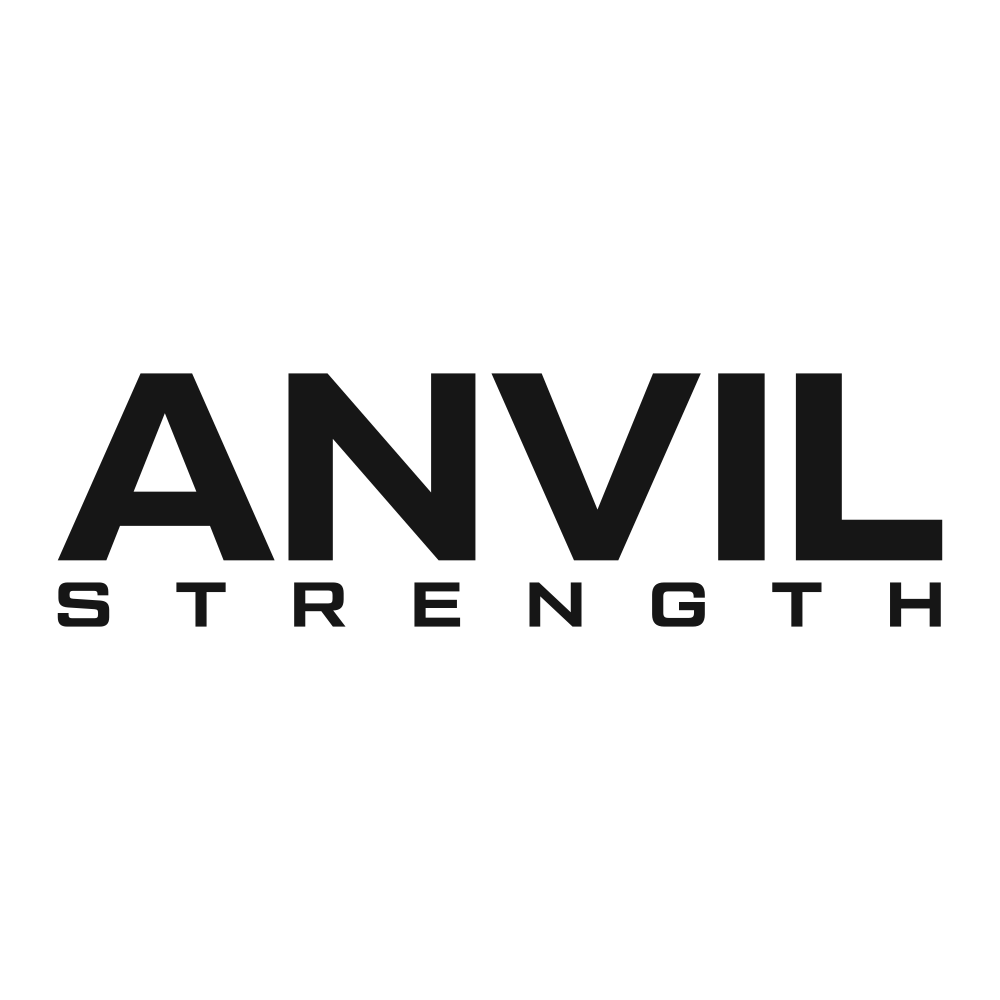
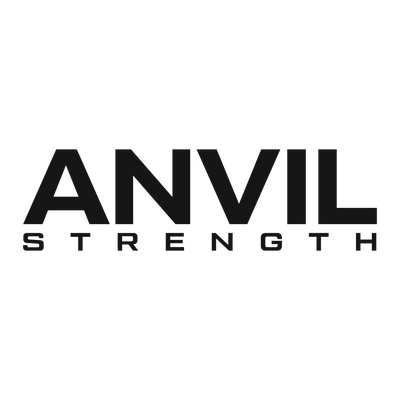
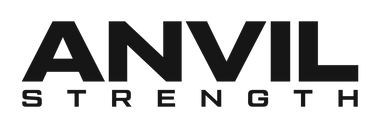
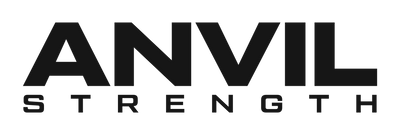
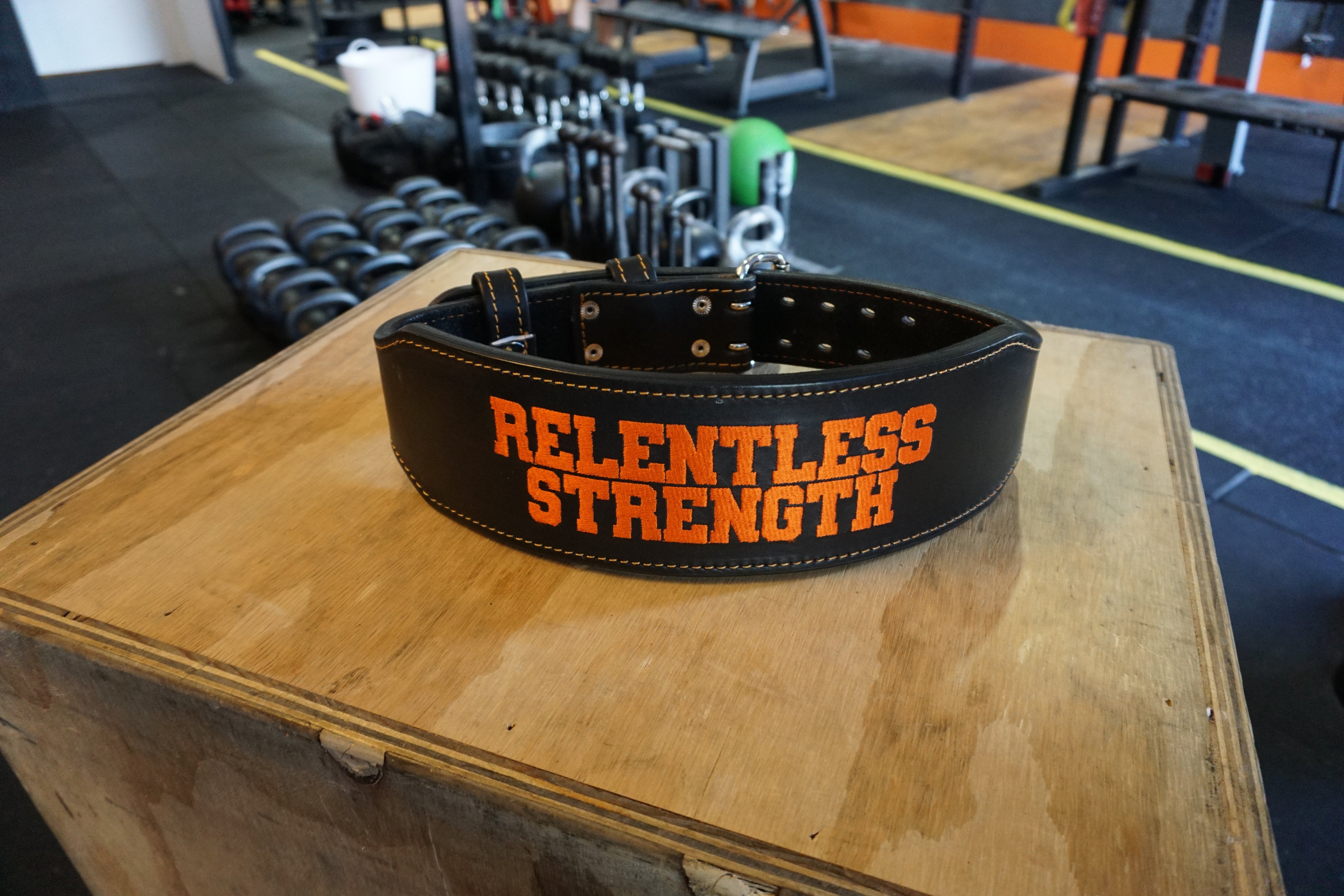
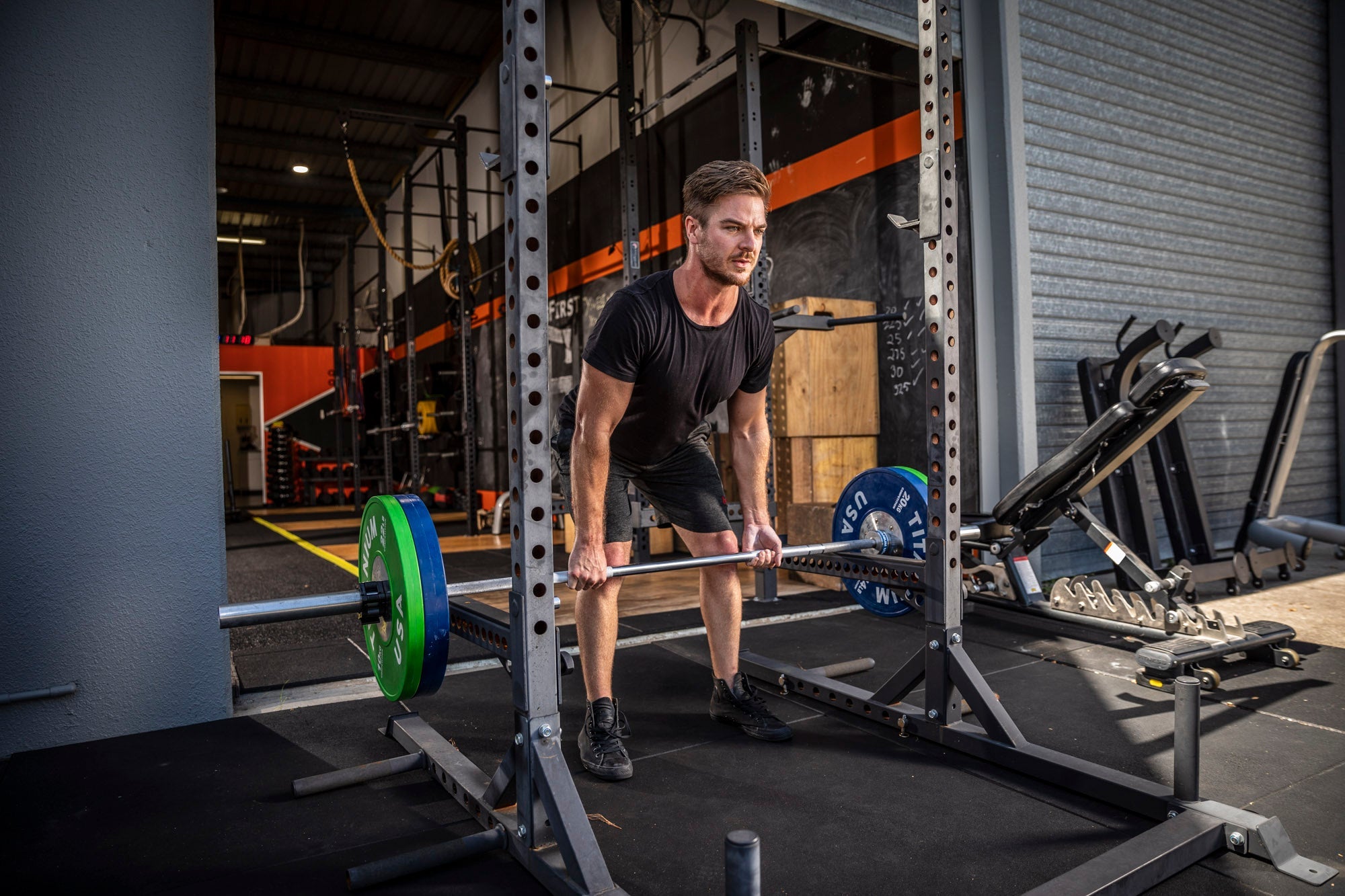
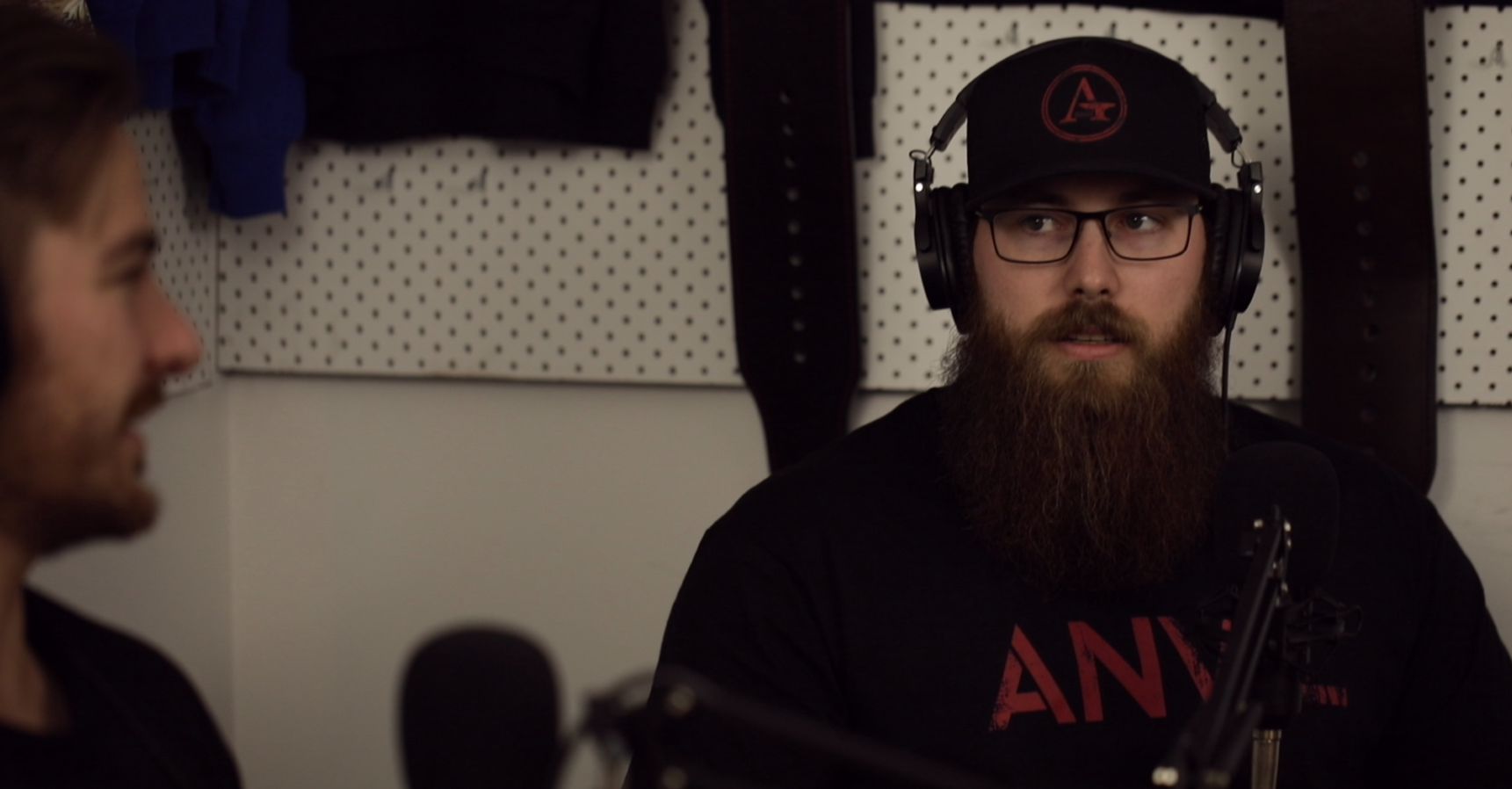
Leave a comment